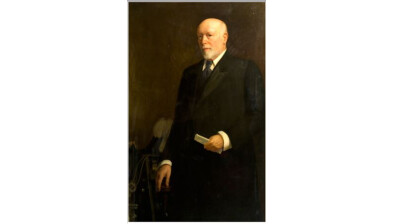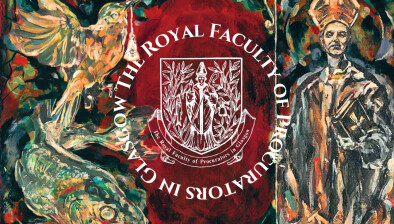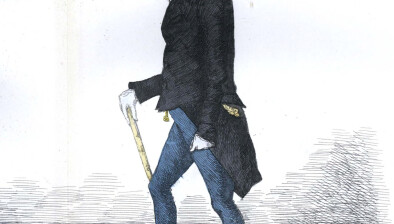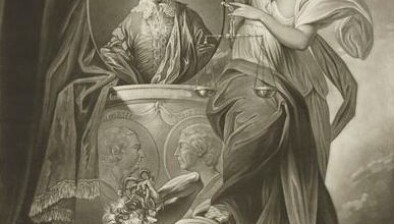Our Legal Heritage: Theatrical tragedies and the development of FAIs
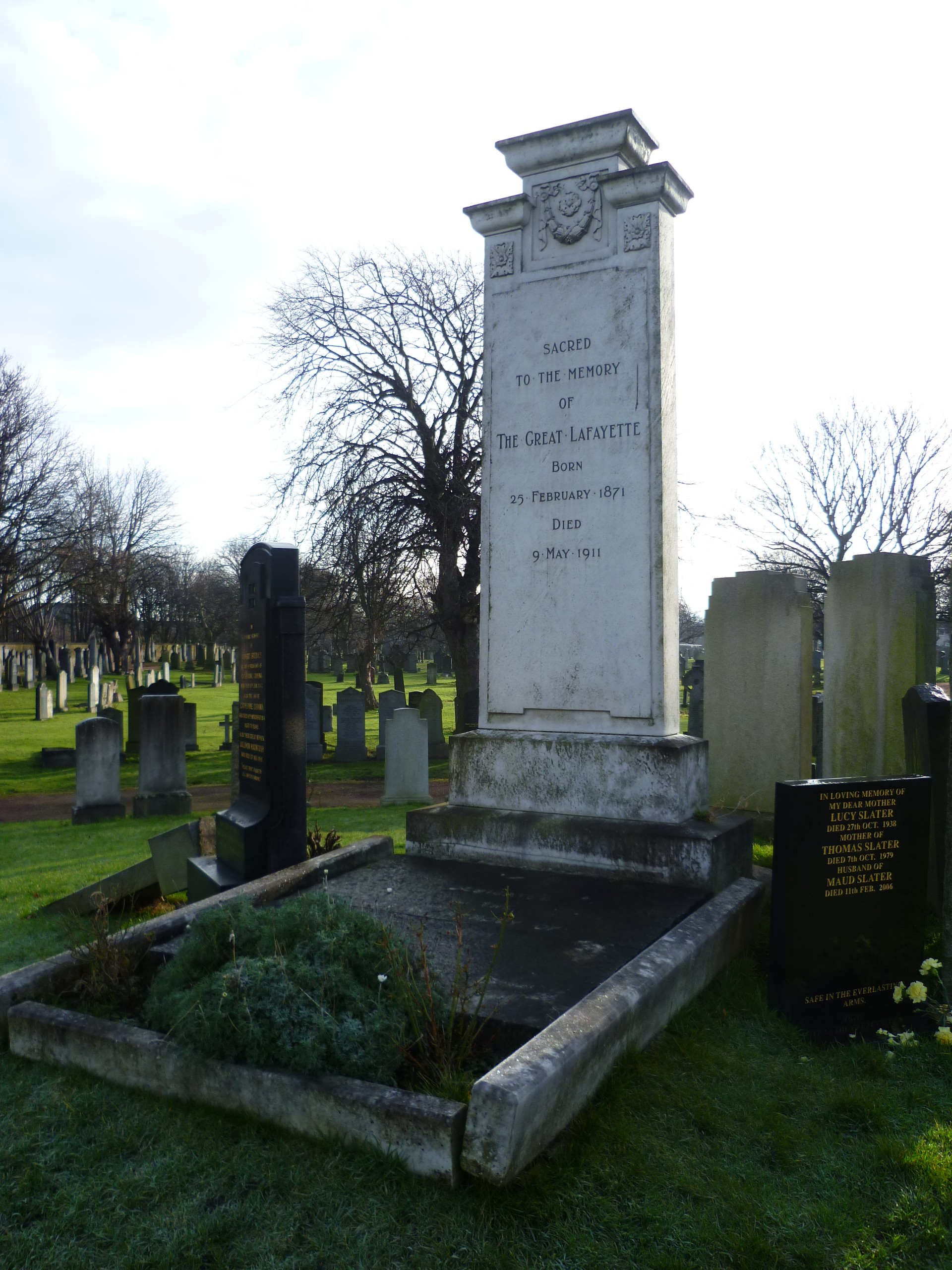
Credit: Kim Traynor, CC BY-SA 3.0
The idea of the public interest and the desirability of a fatal accident inquiry developed and appeared in new law at the end of the 19th century.
Heavy industrial occupations, and other sorts of similar manual work with inherent dangers might have been thought to be the basis of attention for the legislation. Yet, the enthusiasm of the public for entertainment also brought dangers. With just a modicum of spare cash and some time to attend theatres, the numbers of the audiences expanded dramatically over the latter part of the century. An earlier disaster, before the 1895 Act, might be contrasted with another, not long after Parliament saw fit to become involved.
The new law extended “to and include[d] all cases of death of any person or persons, whether employers or employed, engaged in any industrial employment or occupation in Scotland, due or reasonably believed to be due to accident occurring in the course of such employment or occupation”: Fatal Accidents Inquiry (Scotland) Act 1895 (c.36). The Act provided that ‘industrial employment’ was to mean “employment or occupation for or in the performance of any manual labour, or the superintendence of any such labour, or the working, management, or superintendence, of machinery or other appliances, or animals used in the prosecution of any work”.
Springthorpe’s Music Hall, Dundee, 1865
Paradoxically, and in contrast to the new law, the tragedy of Springthorpe’s Music Hall on 2 January 1865 did not involve death in the course of employment. It was a musical entertainment that had been expected in a hall that was a part of the basement of a church at 10 Constitution Road, Dundee. The approach to the hall was down a staircase of 13 steps, at the top of which was a gate with two parts. As the time of admission drew near, the crowd, which in Dundee at the New Year, one correspondent advised “is usually half drunk” crushed against the gate. The manager opened one part of the gate, the crowd by sheer force of numbers appear to have forced the other open, and instantly a very large number of people fell down and ended up piled in a heap at the bottom of the stairs.
The crowd seems to have been force back by concerned citizens, not security staff as might be expected now. The bodies of 20 were recovered, and amongst the dead were men, women and children in an age range from seven to 63. Fourteen of the deceased were between 12 and 17 years. The majority, perhaps all, of the deceased were local working people, or their children. As a matter of sudden, suspicious and unexplained deaths, the procurator fiscal began an investigation. The subsequent report attributed no fault to any party, although accusations of some sort were directed at the crowd and Springthorpe’s management. Beyond such a report, nothing seems to have happened, by way of litigation or any formal public inquiry. A generation or so later matters were different.
The Empire Palace, Edinburgh, 1911
Sigmund Neuberger, born in Munich in 1871, performed as an illusionist under the name of The Great Lafayette, and he was said to be the highest-paid magician then. He emigrated to the United States in 1884, and aged 19, he began performing in vaudeville-style entertainment, and later began his career as a conjuror. He made his first appearance in England in 1894. By 1900, he was able to tour with a company of 40 performers, together with his magic show and a menagerie including a lion, used in his illusions.
The Great Lafayette was aged 40 at the time of his death. His work diary was said to have had bookings for the next 10 years. On Tuesday 9 May 1911 the Great Lafayette was at the Empire Palace in Nicolson Street, Edinburgh performing his signature illusion ‘The Lion’s Bride’, when a lantern set fire to the set, and that went up in flames within minutes. The audience, apparently thinking that this was all part of the illusion, did not evacuate until the theatre manager signalled for the orchestra to play God Save the King. It seems that there was an orderly departure with no deaths or injuries to the paying public.
Many of the theatrical company, however, were trapped on stage when the safety was lowered and jammed, leaving only a small gap at the bottom, through which a strong draught of air fanned the flames into an inferno. The Great Lafayette had required the side-doors to the stage to be secured, to exclude unwanted intruders, and to prevent the lion’s escape. The great man had left the building but returned to try to rescue his horse, but he became trapped in the burning building and died. Members of his troupe were also killed in the fire. The stage area of the theatre was destroyed.
The whole of the sad event, of international interest, ended with the funeral at Piershill Cemetery, Edinburgh on 14 May 1911, a great spectacle attended by thousands. More prosaically, as a matter of law, the illusionist was an employer, and he had a number of his staff to assist with the animals used in his intricate performances. Both the employer and the employees were to be regarded in their respective functions as dying in the course of their supervision or employment, respectively.
Fatal accident inquiry
The petition for the fatal accident inquiry was signed by Robert W. Renton, procurator fiscal for Edinburgh. The inquiry was held in Edinburgh Sheriff Court on 15 June 1911. The named individuals subject of the inquiry were Sigmund Newburger, and his various employees and others at the theatre: there is still dubiety about the number that died but it seems to be eight or nine. Several of these people were employed in the theatre to work there permanently irrespective of the show.
A shorthand writer was sworn in and it was noted that there were seven solicitors present to represent the various interests. The first two witnesses were George Sinclair, stage manager of the Empire Theatre, and then Professor Harvey Littlejohn, forensic pathologist. After all the evidence was heard, the sheriff summed up and the jury returned their findings.
The jury held that: (i) the deceased were all suffocated or burned and then or there killed, with the exception of James Neilson who was injured but died in hospital later; (ii) death ensued within a few minutes of the outbreak of the fire; and (iii) the cause of the deaths was suffocation or burns, except for James Neilson who had jumped out of a window of the theatre at the time of the fire.
The jury recommended that in future the city authorities “exercise more scrupulous care both in regard to the safe construction of theatres and more frequent examination of electrical lights and water hydrants”.
Concluding remarks
Perhaps not a lot might be learnt from such a limited statutory inquiry as then existed in 1911, beyond recognising the fact that it occurred and that even the possibility of a limited inquiry might concentrate the minds of those with some sort of responsibility for others in the industrial context.
The outcome of the inquiry is uncertain, although the legal mind might have been able to consider critically improvements in forensic procedures. One of the general shocks of the Edinburgh Empire Palace fire was the discovery that the remains of a body identified initially as, or perhaps assumed to be, that of The Great Lafayette but it was a short time later discovered to be that of a man whom the illusionist employed as a body-double to assist with the workings of his complex entertainment.
Identification of the true remains came from the presence of particular jewellery on the hand of another body. There are lessons in all inquiries, but whose responsibility is it to disseminate and enforce them?







